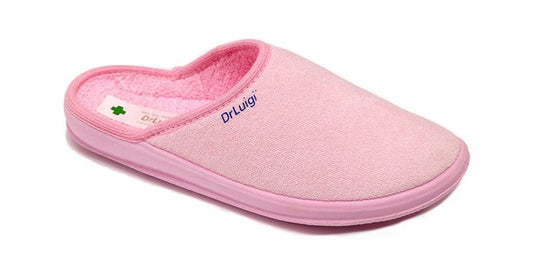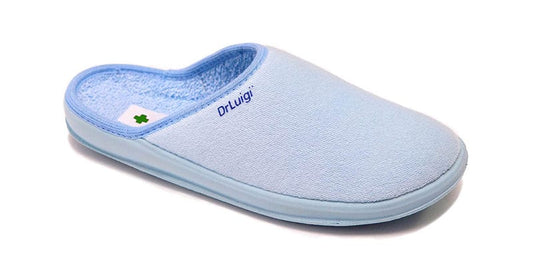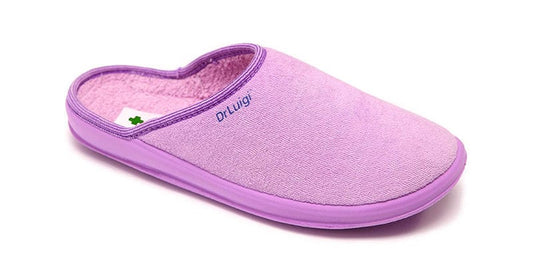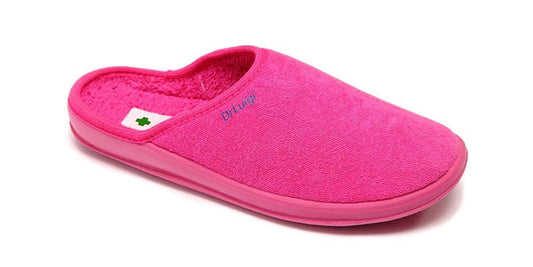Foot disorders can significantly affect our mobility, quality of life, and overall health. Foot problems can be crippling, whether caused by an injury, a chronic illness, or the wear and tear of daily activities. Physical therapy is a valuable and effective treatment option for a wide range of foot conditions.
Rehabilitation following dislocation and rupture procedures is similar to that of chronic ankle sprains, with the exception of taking precautions and moving carefully. However, rehabilitation after surgery will almost probably take longer to fully recover ankle joint range of motion, strength, and function.
Following surgery, the ankle is cast for four weeks, followed by two weeks of cast/orthosis. While immobilized, cardiovascular conditioning and muscular strengthening of the upper and lower legs are conducted.
Why is it important?
The first few physical therapy sessions after surgery should alleviate soreness and edema. Ice and electrotherapy treatments may be used to reduce discomfort.
Exercises designed to improve ankle joint range of motion are also performed. First, exercises are performed to increase range of motion while putting little load on the joints. Active lifting of the foot route up and path out is avoided in the early phases of rehabilitation (about 6 to 8 weeks after injury or surgery).
When the patient can lean on the leg without pain, ankle mobility exercises including active raising of the foot up and out begin.
Comprehensive Evaluation and Diagnosis
Physical therapists who specialize in foot care do a thorough evaluation to identify the underlying causes and contributing factors to foot diseases. Using a combination of medical history, physical examination, and diagnostic tests, they can accurately diagnose the disease and develop a treatment strategy.
Pain Control and Management.
Physical therapy aims to alleviate the pain and suffering caused by foot diseases. Manual therapy, therapeutic exercises, and modalities such as heat or cold therapy can help reduce pain and inflammation, thereby accelerating recovery.
Restoring Foot Function and Mobility.
Physical therapy is crucial in restoring foot function and mobility. Therapists create exercise programs that target foot and ankle strength, flexibility, and range of motion. They also provide gait and balance exercises to improve your stability and coordination.
Individualized Treatment Strategies
Physical therapists employ a number of therapeutic approaches that are tailored to the needs of each patient. This could include:
Manual Treatment Methods
Stretching, soft tissue mobilization, and joint mobilization can all help improve flexibility and joint function.
Exercise for therapeutic purposes.
Exercises that develop the foot and lower leg muscles while improving balance, stability, and proprioception.
assistive gadgets and orthotics.
Recommending and fitting orthotic inserts, braces, or footwear to patients to improve foot alignment and function.
Education and Prevention
Physical therapists not only treat patients, but also teach them about self-care and preventive measures. They offer guidance on appropriate footwear, foot care procedures, and ergonomics to lessen the risk of future foot diseases. Physical therapists improve long-term foot health and reduce the likelihood of reoccurring diseases by providing clients with information.
Approach Based on Collaboration
Physical therapists work with podiatrists, orthopedic surgeons, and sports medicine specialists to provide comprehensive treatment. This collaborative approach ensures a well-integrated treatment plan and excellent communication among the healthcare team.
Post-operative Rehabilitation
Physical therapy is vital during the rehabilitation process for patients who have undergone foot surgery. Therapists create rehabilitation regimens to help patients heal, regain function, and return to normal activities and sports.
Don't neglect hygiene!
Wash your feet, apply moisturizing cream, and massage them to supplement your usual care. Rub each finger separately in a circular motion, bending it downwards and upwards as much as possible, both individually and jointly. Rub the heel and ankles on both sides, then rub the soles of the feet vigorously with the wrist. This improves the flexibility of soft tissues (muscles, fascia, and ligaments), stimulates circulation, and, most importantly for women, reduces foot swelling. Then, as if you were breaking bread, grab the foot lengthwise with your fist, pressing your toes as far into the sole as possible and slightly spreading them to the side. This releases the sole and gives entirely new support.





